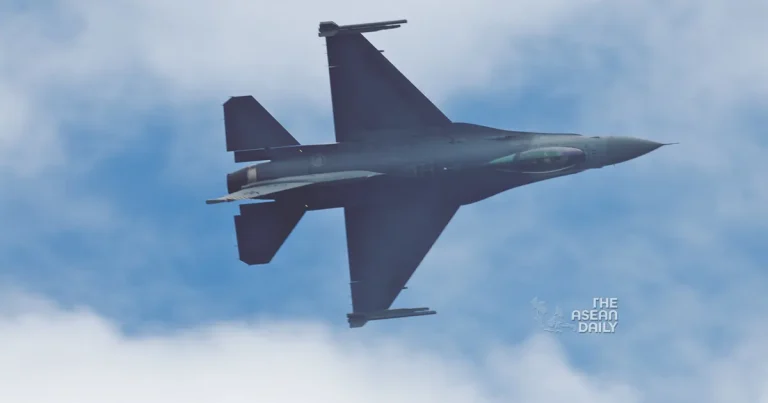18-5-2024 (SINGAPORE) The Ministry of Defence (MINDEF) revealed that the recent crash of a Singapore F-16 jet at Tengah Air Base was attributed to a malfunction of a critical component known as pitch rate gyroscopes.
In a media release, MINDEF stated, “The flight data recorder recovered from the crashed F-16 showed that its pitch rate gyroscopes gave erroneous inputs to the flight control computer. This led to the pilot being unable to control the plane at take-off.”
All F-16 fighter jets are equipped with four such gyroscopes, which play a vital role in flight control systems. In the case of the Tengah Air Base incident on May 8, there was a highly unusual simultaneous failure of these gyroscopes, MINDEF said, adding that this is the first such malfunction in the Republic of Singapore Air Force’s (RSAF) entire F-16 fleet.
With the cause of the crash now identified, MINDEF announced that Singapore’s F-16 fleet will resume flying operations. However, as an added precautionary measure, each F-16 pitch rate gyroscope will undergo rigorous checks and clearance before flights resume.
F-16 training activities were temporarily suspended following the incident at Tengah Air Base, where the fighter jet crashed shortly after taking off at approximately 12.35 pm. Fortunately, the pilot successfully ejected from the aircraft and did not sustain major injuries.
MINDEF stated that the RSAF, in collaboration with the manufacturer Lockheed Martin, will conduct further studies to determine the specific causes of the gyroscope malfunction that led to the crash at Tengah Air Base.
Singapore’s F-16 fleet has been in service since 1998 and recently underwent a mid-life upgrade. However, these jets will need to be retired after the mid-2030s. In February, the country announced plans to purchase eight F-35A jets, adding to an earlier order of 12 F-35 jets of the “B” variant, which have been identified as the replacement for the aging F-16 fleet.




